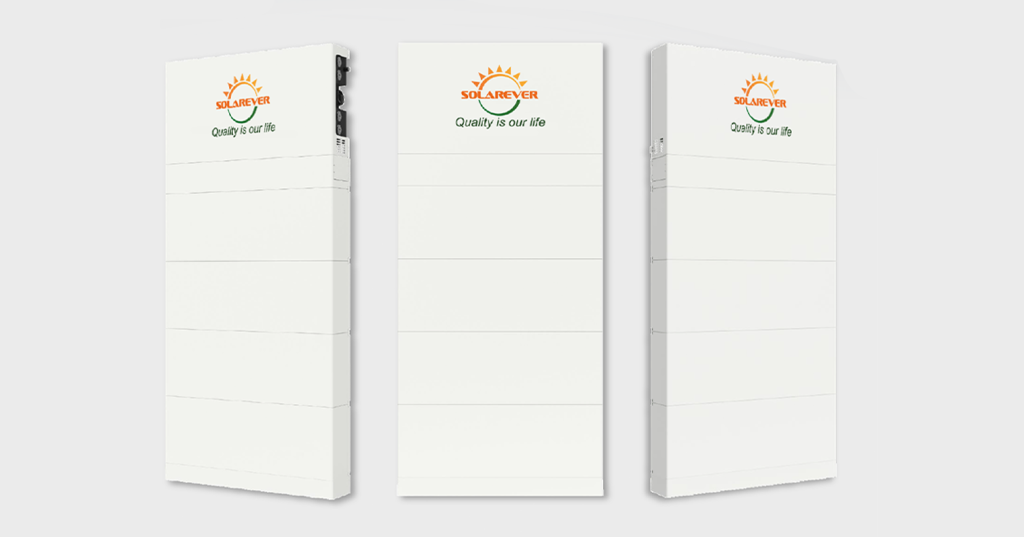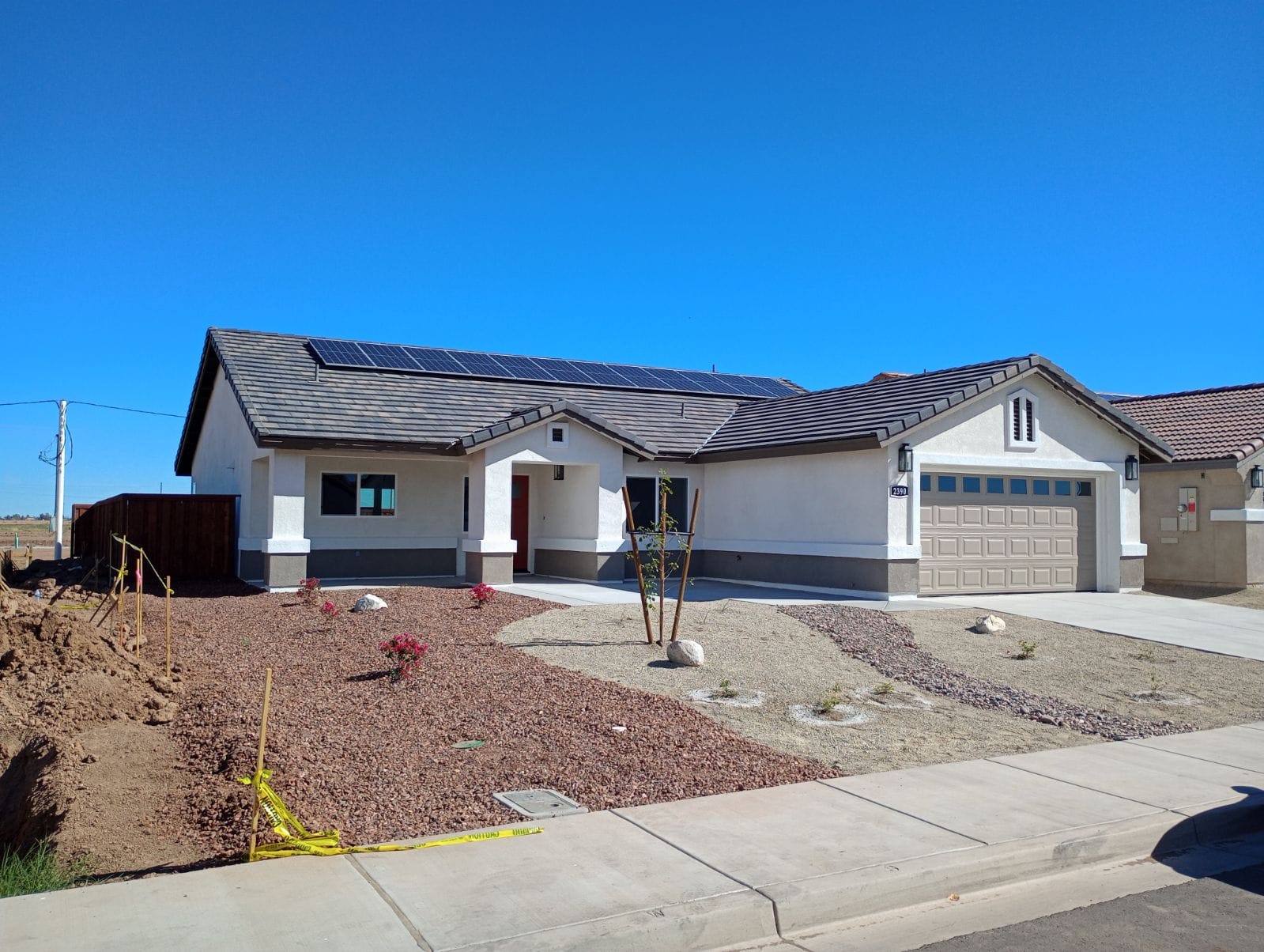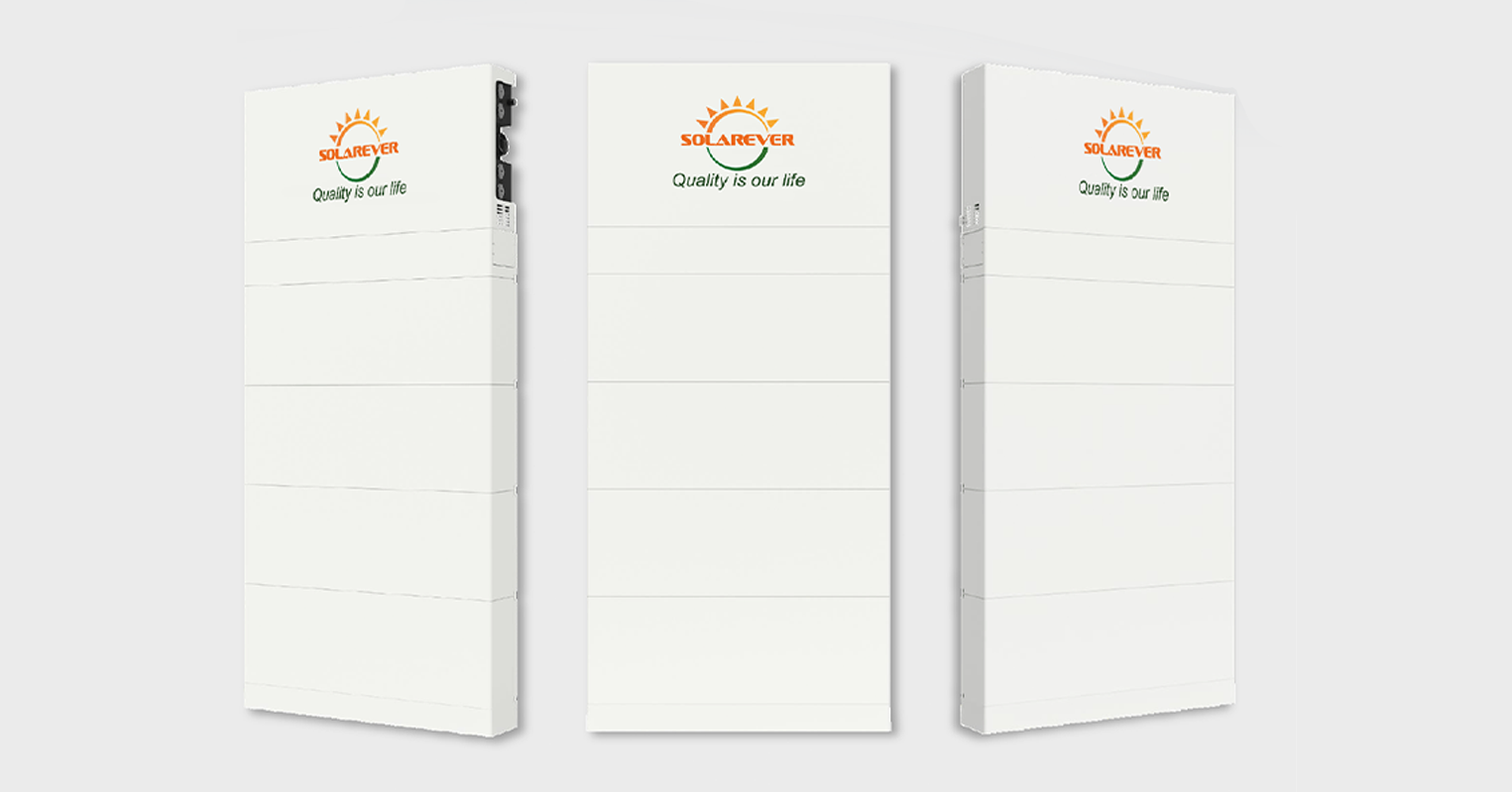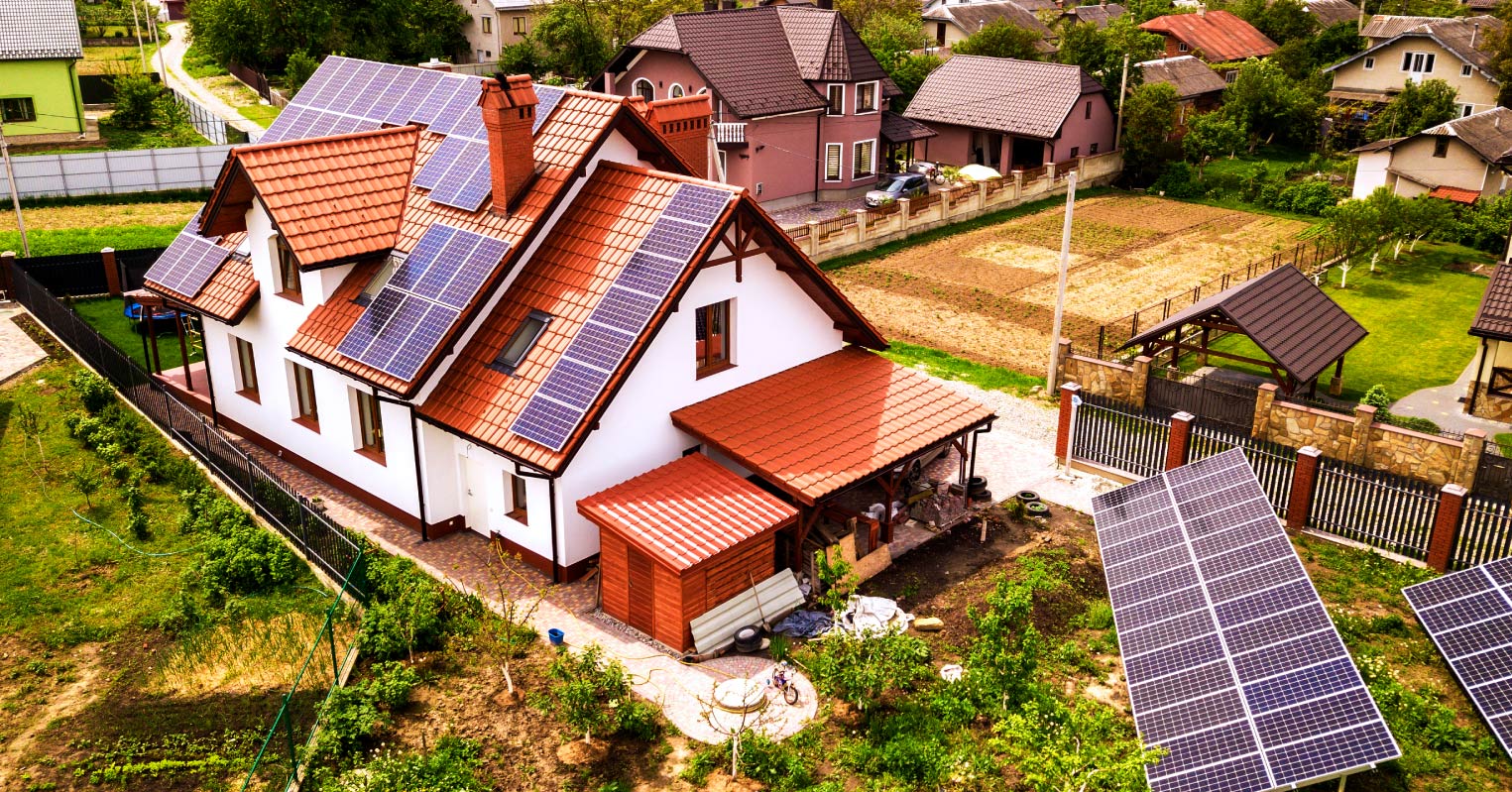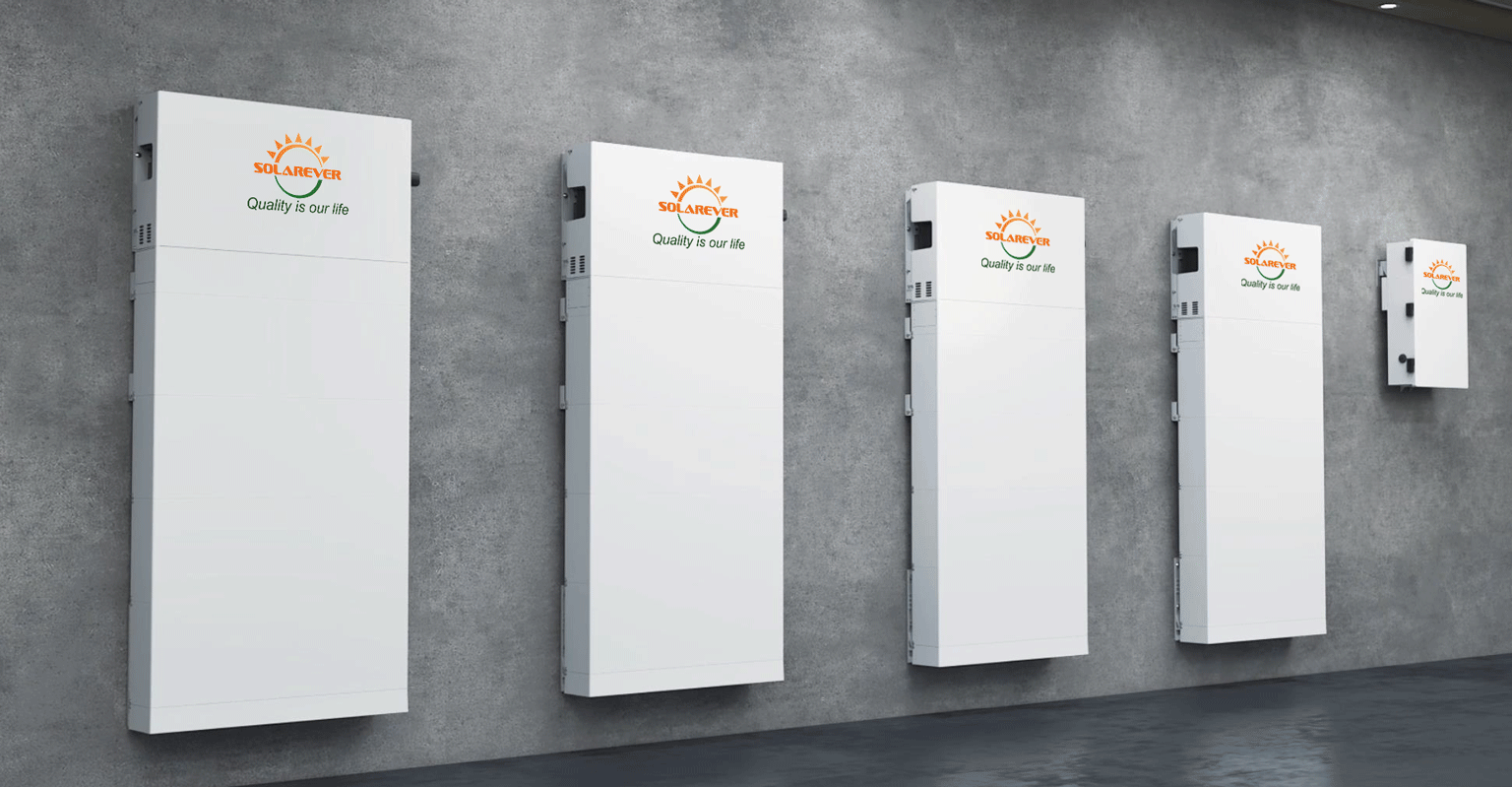As the global energy landscape continues to evolve, the importance of storing renewable energy becomes increasingly evident. By incorporating energy storage systems into solar systems, installers and distributors can provide their customers with a more robust, reliable, and resilient energy solution. This Guide to Selling Energy Storage Systems aims to demonstrate the clear benefits of integrating energy storage systems with solar panels, including increased self-consumption, reduced reliance on the grid, and the potential for grid independence. Additionally, this guide will explore the economic advantages and market potential of this integration. By understanding the value proposition of integrating energy storage systems with solar panels, solar installers and distributors can position themselves at the forefront of the renewable energy market, delivering comprehensive and sustainable solutions to their customers.
The Importance of Energy Storage Systems
Integrating battery energy storage systems with solar panels presents a significant opportunity for solar installers and distributors to enhance the value proposition of their offerings.
- Energy storage systems play a crucial role in maximizing self-consumption of solar energy. By capturing excess power and solar energy produced during peak sunlight hours, these systems allow for its use during periods of low or no solar generation. This significantly reduces dependence on the grid and boosts the overall efficiency of solar installations.
- Integrating energy storage systems helps in reducing grid network costs. By storing and utilizing solar energy locally, these systems alleviate pressure on the grid, minimizing the need for expensive infrastructure upgrades. This not only translates into cost savings for utilities but also enhances the reliability and stability of the grid.
- Customers can take advantage of substantial savings as well by reducing demand charges. These charges are often based on peak power consumption, but with energy storage, solar customers can avoid or minimize these costly charges by drawing from stored energy during periods of high demand.
- Battery storage systems can provide backup power in the event of grid outages. By storing excess solar energy, these systems ensure a reliable and continuous power supply, enhancing the resiliency of electric systems.
Energy storage systems offer a robust value proposition in today’s energy landscape. By maximizing self-consumption, reducing grid network costs, improving energy savings, and providing backup power, these systems have become essential components for solar installers and distributors, ensuring the efficiency, reliability, and cost-effectiveness of solar installations.
Tips for Selling Solar Storage Systems

Integrating energy storage systems with solar panels provides numerous benefits for both consumers and the environment. However, selling solar energy systems can be challenging due to the complex and technical nature of the product. Here are some key tips and strategies for solar installers and distributors to effectively sell solar energy systems.
Tips and Strategies:
- Understand the value proposition: Educate yourself and your team about the benefits of integrating energy storage with solar panels. Highlight how storage systems enhance energy independence, provide backup power during outages, reduce reliance on the grid, and enhance energy savings.
- Discuss the pros and cons of different battery types and brands: Gain expertise in different battery technologies and brands. This is a complex field where offerings are constantly changing. Knowing the value proposition of your own product and being able to talk about key components in nonprofessional terms that customers can understand goes a long way. Just being able to quickly and clearly answer customers’ questions can help you win over customers. Tailor your recommendations based on customers’ specific needs, such as cycle life, depth of discharge, and cost.
- Stay informed about incentives and programs: Familiarize yourself with the various incentives, rebates, and tax credits available for solar storage systems. These are available at the federal, state, and even local level. Be proactive and do some research for customers about the potential rebates their installation qualifies for and discuss the financial benefits that customers can expect. To take full advantage of these programs, solar installers and distributors need to stay informed about available incentives in their areas and understand the eligibility requirements and application processes. Partnering with knowledgeable professionals and collaborating with local authorities can help navigate these programs successfully. Both businesses and individuals can save up to 30% of the cost of their solar system from just federal solar tax credits, potentially more from state and local incentives.
- Leverage peace of mind: This point is huge. Emphasize the reliability and security that comes with a solar storage system. Installing solar energy and including a robust energy storage system enhances grid independence and provides peace of mind for businesses and homeowners alike. By incorporating backup power into their solar installations, solar installers can ensure that their customers will still have access to electricity, even in the event of a power outage, climate disaster, or grid failure. This is particularly important for critical operations that cannot afford to be without electricity, such as hospitals, data centers, and emergency response centers. By integrating energy storage systems and incorporating backup power, solar installers can offer their customers the assurance of uninterrupted operations during outages
- Consider using proposal software: Utilize proposal software to model and offer solar batteries. Proposal software can provide numerous benefits when it comes to modeling and offering solar batteries. Firstly, it makes the process of creating and customizing proposals much more efficient and streamlined. With the software, users can easily input specific details about the solar batteries being offered, such as brand, capacity, and estimated savings, and generate professional-looking proposals in a matter of minutes. This not only saves a significant amount of time but also ensures accuracy and consistency. Additionally, proposal software allows for effective modeling of solar batteries. Users can input various variables and parameters, such as current energy usage, available sunlight, and electricity rates, to create accurate usage and financial modeling scenarios. This feature is extremely beneficial as it helps potential customers understand the return on investment and cost savings associated with installing solar batteries, as well as easily analyze load offset and energy density to fit their needs to ensure their satisfaction. With the visual representation of the financial benefits, customers can make informed decisions and have a clear understanding of the value proposition being offered. You can even include size modeling so they know what components can fit where and make the installation process easier for them.
- Recognize the increasing demand for storage: Solar technology has come a long way in the last ten years and is only projected to grow. Highlight the growing demand for energy storage, the many benefits, and how it is now an integral part of a solar energy system. due to climate disasters and government incentives. Inform customers about the benefits of investing in storage systems now to prepare for the future.
By following these tips and strategies, solar installers and distributors can effectively sell solar storage systems by addressing the complex nature of the product, staying informed about incentives and programs, discussing battery options, leveraging peace of mind, utilizing proposal software, and recognizing the increasing demand for storage. Contact Solarever today for more information on selling solar storage systems or to find out more about our products!

